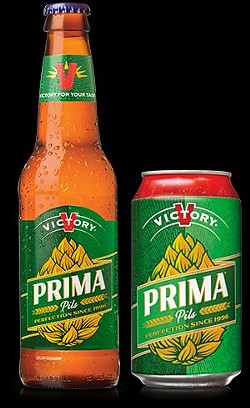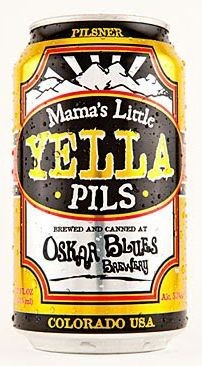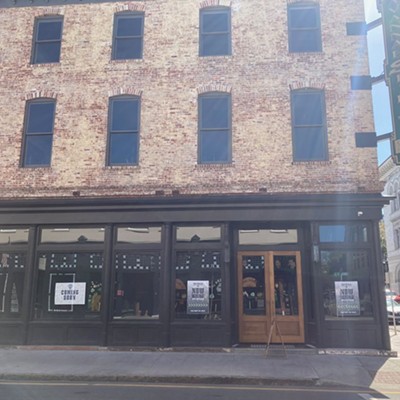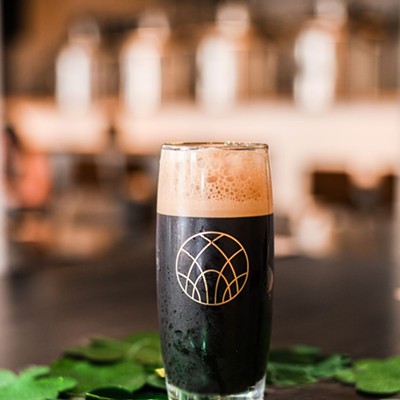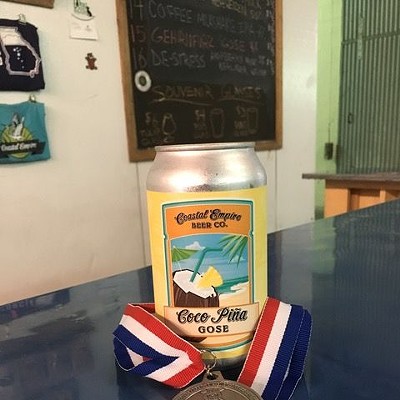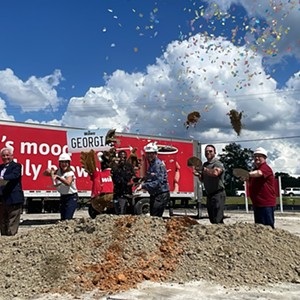THERE'S an official day to celebrate every size, shape and style of beer these days. The next holiday on the list, National Lager Day, is celebrated on December 10 this year.
Of all the type of beer out there lagers are, perhaps, the most deserving of celebration. Lagers are the most ubiquitous of beers and sometimes the most maligned.
Lagers are one of two major subdivisions of beer types, the other being ales. Ask any beer lover what the what the difference between a lager and an ale and they will tell you that ale yeasts are top fermenting, and lager yeasts, Saccharomyces uvarum, are bottom fermenting.
That is indeed correct, but needs more explanation and it’s only part of the story.
Ale yeasts, the species Saccharomyces cerevisiae, are responsible for the earliest beers and pretty much every fermented product out there including wine and bread. Not only is S. cerevisiae everywhere but it’s also a hearty breed, hard to kill and eager to eat a lot.
This has, for the brewer, some benefits but some downsides. S. cerevisiae has a high resistance to alcohol making it the choice for higher ABV beers. The downside is that it is very active at higher temperatures so it has to be monitored to make sure it doesn’t eat the sugar too fast.
Despite all these benefits one thing ale yeast can’t abide is the cold. This is where lager yeasts come into play.
While ale yeasts did dominate the history of beer making lagers came in quickly and have dominated beer-making ever since. We have the Bavarian medieval monks to thank for discovering lager yeast, or at least for paying attention enough to learn how to control something they didn’t understand.
They saw that some of their beers stored in cold caves (lager comes from the German word lagern meaning to store) kept fermenting despite the intense cold. These beers were smoother and mellower in flavor.
Further development and control in the lagering process as well as other beer related areas, such as malting, only improved these characteristics. As monks traveled they carried their cultures and techniques with them and lagers spread.
Why are lagers so different? It goes back to the temperature. Because ale yeasts can’t handle the cold they hibernate giving the S. uvarum yeasts room to do their thing.
The lager yeast eat (attenuate is the fancy brewer term for eating) at a much slower and less efficient rate yielding a sweeter but mellower flavor. This also means that lagers naturally have lower alcohol content.
The longer fermentation process, lagers take at least twenty-eight days to ferment, ales 10-14 days, also allows more time for the yeasts to settle out making a clearer beer. The belief that all lagers are super clear and pale comes from the ubiquity of the mass produced pilsner style beer so popular in the US.
Not all lagers are pale though, in fact they come in as wide a range of color as ales do.
The lower ABV and easy drinkability have made lagers popular worldwide. Prohibition, which killed off most breweries, and low ABV laws made them particularly popular here in the United States.
Craft beer has bucked against the lagers popularity. Initially no one wanted to be like the “big guys” and who had the time and money to tie up fermentation tanks for so long, but some craft breweries are now learning to embrace the lager.
Give a craft lager a try the macro breweries use rice as an adjunct making aiding in the clarity and lightness of the beer but craft breweries usually stray away from rice, sticking with the traditional malt recipe.
Here are few craft beer lagers you can find locally and should give a try on December 10:
The Crisp, Sixpoint Brewery: Brooklyn based Sixpoint Brewing s The Crisp is just that, caramel sweet to start but with a stronger hops that some of the other lagers on this list.
Prima Pils, Victory Brewing Company: Victory uses a mix of European hops to create this light and crisp 5.3% ABV pilsner. Prima is a German exclamation of joy so drink to the good things.
My Antonia, Dogfish Head Brewing: My Antonia, named after the Willa Cather book is an imperial pilsner so it clocks in at a, high for a pilsner, 7.5% ABV. This one isn’t realeased as a regular so you may have to hunt it down.
Mama’s Little Yella Pils, Oskar Blues: A good lightly hopped solid refreshing pilsner. At 5.3% ABV these are easy to take in.
The local option:
Rally Point, Service Brewing Company: A traditional 4.,6% ABV Bohemian style pilsner but with a spicy finish that comes from Services use of Czech Saaz hops. Drink local.


